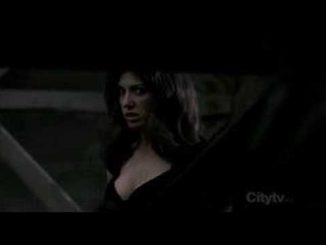
Dean Winchester speaking Latin
Jensen Ackles as Dean Winchester speaking Latin […]

Jensen Ackles as Dean Winchester speaking Latin […]

The complete interview David Letterman had with Kiefer Sutherland on the Late Show, november 9th 2006
———————————————————————
Verdien gratis en gemakkelijk geld! Klik op de link: http://www.moneymiljonair.nl/?u=165513&c=nl&rt=2 […]

Only On The Web: Eric Clapton tells John Blackstone he is not as good as he used to be, and discusses the making of his new album, « The Road To Escondido. » Then Katie Couric files her notebook. […]
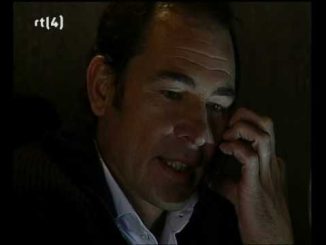
Janine kan niet wachten om Ludo te zien en gaat naar de boot. Ludo en Janine sluiten elkaar weer in de armen. […]
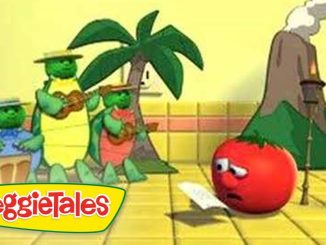
►All Videos: https://bit.ly/37hndFM
Here’s a peek at the « Silly Song » featured on « Gideon: Tuba Warrior. »
Available on DVD and digital download or at http://veggietales.com […]

Visualization of a traffic accident and the following rescue-operation. Focus is on the tools used by firemen to evacuate the victim from the car. […]
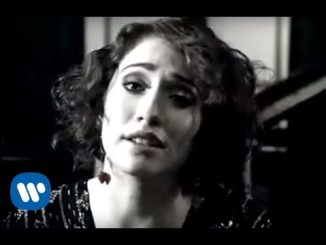
I’m coming to BROADWAY! 5 concerts at the Lunt-Fontanne Theatre on June 20, 21, 22, 25 & 26. Tickets: http://www.reginaspektor.com/broadway
Regina Spektor « Samson » Directed by Peter Sluszka
Regina Spektor’s new album Remember Us To Life is out now!
iTunes: http://smarturl.it/rutl_dlxit
Spotify: http://smarturl.it/rutl_sp
Amazon: http://smarturl.it/rutl_dlxamz
Google Play: http://smarturl.it/rutl_gp
Vinyl/Online Store: http://reginaspektor.com
For more Regina:
http://Facebook.com/ReginaSpektor
http://ReginaSpektor.com
http://myspace.com/ReginaSpektor […]

Puorcel con kawaski kxf 250 2006 […]

Music video
Artist:Johan
Song: Walking Away
http://johan4all.com/ […]
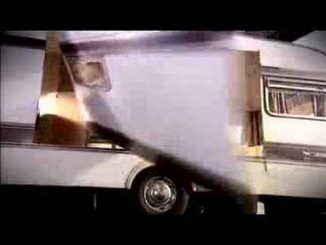
Evolution Power Tools TV commercial
www.evolutionpowertools.com […]

CSTV sits down with Notre Dame’s Brady Quinn to talk about the season, Coach Weis, and how he studies Tom Brady game film. […]

CSTV’s inside look at 16 of the top collegiate women volleyball players as they transition from the hard wood to the sand. […]

See what happens when a full can of coke and ice are put into a Blendtec blender. See more at willitblend.com
Tell us what to blend next here: http://www.facebook.com/willitblend
Check out the blender you see in this video: http://bit.ly/TKxq1n
Connect With us:
Facebook – http://www.Facebook.com/willitblend
Google+ – http://gplus.to/blendtec
Twitter – http://www.Twitter.com/blendtec
Pinterest – http://www.Pinterest.com/blendtec
LinkedIn – http://linkd.in/vQFL80
*The WildSide jar is no longer available for purchase. Please check out our new and improved WildSide+ jar: http://www.blendtec.com/jars/wildside-jar […]

See what happens when golf balls are put into a Blendtec blender.
Tell us what to blend next here: http://www.facebook.com/willitblend
Check out the blender you see in this video: http://bit.ly/Q8McdY
Connect With us:
Facebook – http://www.Facebook.com/willitblend
Google+ – http://gplus.to/blendtec
Twitter – http://www.Twitter.com/blendtec
Pinterest – http://www.Pinterest.com/blendtec
LinkedIn – http://linkd.in/vQFL80
*The WildSide jar is no longer available for purchase. Please check out our new and improved WildSide+ jar: http://www.blendtec.com/jars/wildside-jar […]
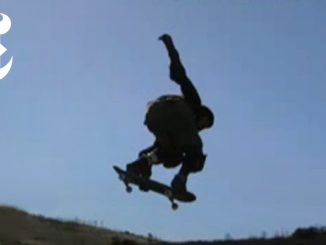
Champion skateboarder Bob Burnquist is taking extreme skateboarding to a new level on the Mega Ramp in his backyard.
Subscribe on YouTube: http://bit.ly/U8Ys7n
—————————————————————
Want more from The New York Times?
Watch more videos at: http://nytimes.com/video
Facebook: https://www.facebook.com/nytvideo
Twitter: https://twitter.com/nytvideo
Instagram: http://instagram.com/nytvideo
Whether it’s reporting on conflicts abroad and political divisions at home, or covering the latest style trends and scientific developments, New York Times video journalists provide a revealing and unforgettable view of the world. It’s all the news that’s fit to watch. On YouTube.
World’s Largest Skateboard Ramp: Bob Burnquist’s Mega Ramp | The New York Times
http://www.youtube.com/user/TheNewYorkTimes […]

This video segment will show you the basics of working with the TAP Silicone RTV System. This segment (Part 1) will explain how to measure the proper ratios. To order, go to http://www.tapplastics.com/product/mold_making_materials/mold_making_supplies/tap_silicone_rtv_mold_making_system/61 […]
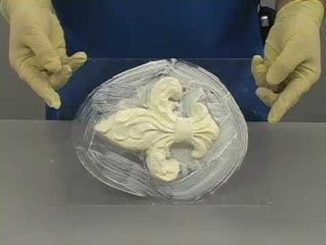
This product has been discontinued. Please refer to the new video « How to make a Latex Mold using TAP Premium Liquid Latex Rubber ». This video segment will show you how to make a simple mold using TAP Latex Mold Builder.
To order, go to: http://www.tapplastics.com/product/mold_making_materials/mold_making_supplies/tap_premium_liquid_latex_rubber/62 […]

This video segment will show you the basics of gluing acrylic. The concepts shown here also apply to other plastics with gluing properties similar to acrylic.
To order, go to: http://www.tapplastics.com/product/repair_products/plastic_adhesives
To order TAP Acrylic Cement, go to: http://www.tapplastics.com/product/repair_products/plastic_adhesives/tap_acrylic_cement/130 […]

This video segment will show you a few of the many ways to make mold boxes or containers.
To order TAP Silicone RTV, go to this link: http://www.tapplastics.com/product/mold_making_materials/mold_making_supplies/tap_silicone_rtv_mold_making_system/61
To order TAP Urethane RTV Mold Making, go to this link: http://www.tapplastics.com/product/mold_making_materials/mold_making_supplies/tap_urethane_rtv_mold_making_system/63 […]

Julia Louis-Dreyfus won an Emmy for her show « The New Adventures Of Old Christine. » The show has become one of TV’s most popular sitcoms. Louis-Drefyus speaks with Hannah Storm. […]

This video segment will show you how to build a plastic line bender using BriskHeat Strip Heater, so that you can bend plastic at home.
To order this plastic heat bender, go to this link: http://www.tapplastics.com/product/supplies_tools/plastic_tools_supplies/plastic_bending_strip_heater_element/169 […]
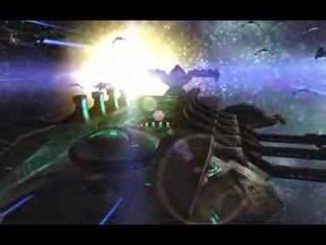
This is a trailer of haegemonia. It is a pretty old one… But it does show the graphics 🙂 […]

This video segment will show you how to cast embedments in clear polyester resin.
For casting products, go to this link: http://www.tapplastics.com/product/mold_making_materials/casting_products
For mold making products, go to this link: http://www.tapplastics.com/product/mold_making_materials/mold_making_supplies
For sculpting materials, go to this link: http://www.tapplastics.com/product/mold_making_materials/mold_making_supplies […]

Ook sint cadeaus koop je bij bol.com! Klik hier: http://www.bol.com/youtube bol.com de grootste mediawinkel van Nederland. […]

This is a video made to commemorate the memory Andreas Katsulas 1946-2006. Another great actor who had a astounding roll on the TV series Babylon 5. I did not make this but i feel its a wonderful commemorate to him that everyone should see. […]

I Tought I Uploaded This Video Too.. Susan And Peter Once Again 😉
Song Is Called Savin’ Me By Nickelback […]
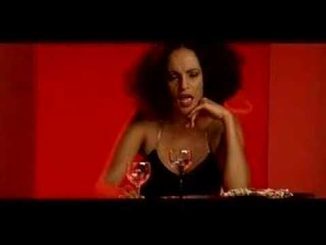
Réalisé par Raf Wathion
pour Sofa Film Productions
(P) 2001 EMI Music Belgium […]

Cuban percussionist, Yoel Del Sol performs a beautiful solo on 3 congas. […]

TRAILER NUMBER 1 FOR EVAN ALMIGHTY
STARRING STEVE CARELL & MORGAN FREEMAN
OPENS IN THEATRES NATIONWIDE JUNE 22ND 2007!!
http://www.evanalmighty.com […]
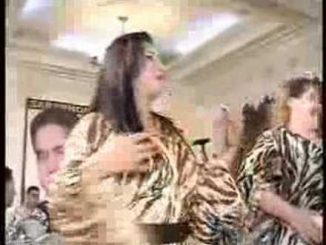
Chaabi […]
Copyright © 2022 | gil24 - TV | Résponsable de publication : Jabri Abdelali | Tél: +212661441451